Make easy healthy eco-friendly diet changes, thanks to this top advice from dietitians on Planet-Friendly Eating Tips for Earth Day, plus these earth friendly recipes.
What you put on your plate not only impacts your own personal health, it makes a significant impact on the planet. The food system is responsible for more than one quarter of the planet’s global greenhouse gas emissions, and it takes up about 50% of the planet’s ice-free, dessert-free land to grow food to feed the world. On top of that, the process of getting food to your plate is responsible for a large amount of pollution, fresh water and land use, and fossil fuel consumption. Plus, our food system seriously threatens our big beautiful planet with loss of wildlife and ecosystems as we move more and more of our natural spaces into agriculture to feed people.
Wow, so much going on as it relates to your plate! However, there are a lot of things you can do every day to lessen your impact on the planet. And it starts with your diet—one of the most significant ways you can make a difference on your eco footprint as an individual. We eat three plus times a day—and all of these occasions are opportunities to treat the earth more gently. I asked top dietitians to weigh in on their best practical tips for greening your diet with these Planet-Friendly Eating Tips for Earth Day. Plus I’m sharing my top Earth Friendly Recipes to inspire your celebration of Mother Earth.
Planet-Friendly Eating Tips for Earth Day

1. Focus on Minimizing Food Waste
Food waste has one of the most significant impacts on our planet when it comes to our food system. We are wasting up to 40% of our food supply—and all of those inputs needed to create perfectly edible food that will be tossed out. Getting a handle on your food waste is step one for reducing your eco footprint. “Food waste has an enormous, negative impact on the environment. Shop in your own fridge first, get creative with leftovers, don’t over buy, build leftovers into your meal plan, and use every part of your produce,” says Katie Morford, MS RD, Mom’s Kitchen Handbook. “Purchase a set of storage containers for leftovers, which can be eaten the next day if refrigerated properly. This may even eliminate the need to buy more food and decrease food waste,” says Kim Melton, RDN. Try my favorite leftover glass storage containers for leftovers here. And learn more about trimming food waste here.
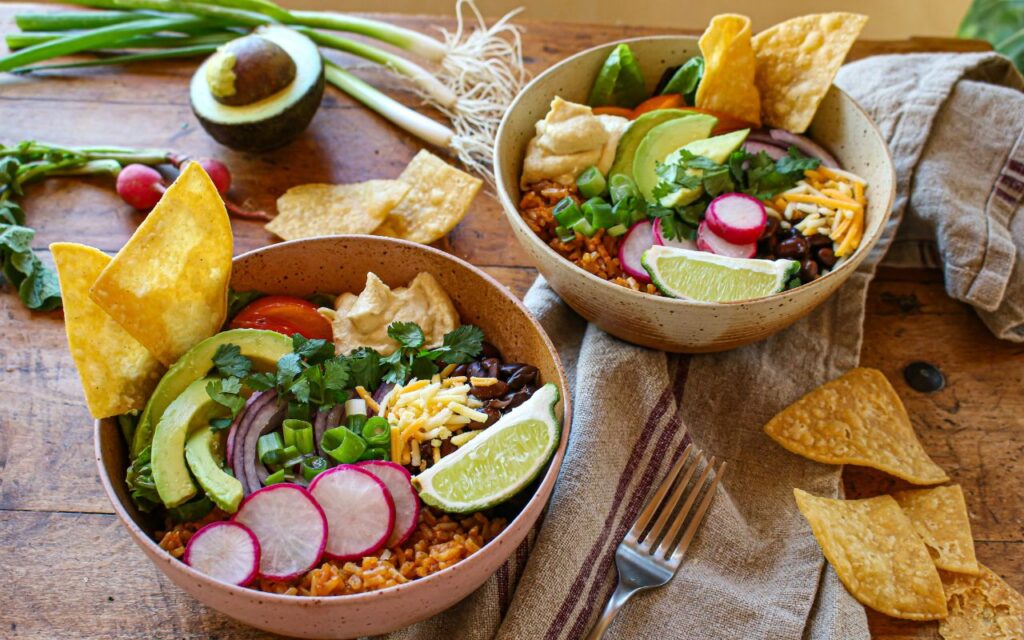
2. Eat Mindfully
You might not realize it, but over consuming food is a major factor in our foods’ environmental footprint. Eating more food (or calories) than we need is actually a form of food waste, as we use more food than our body needs—and that food has a big environmental impact. “By tuning into your body’s needs, you may discover that you are consuming more than your body actually needs. It’s also important to slow down and appreciate your meal and how it’s nourishing you,” says Abbey Sharp, RD, Abbey’s Kitchen.
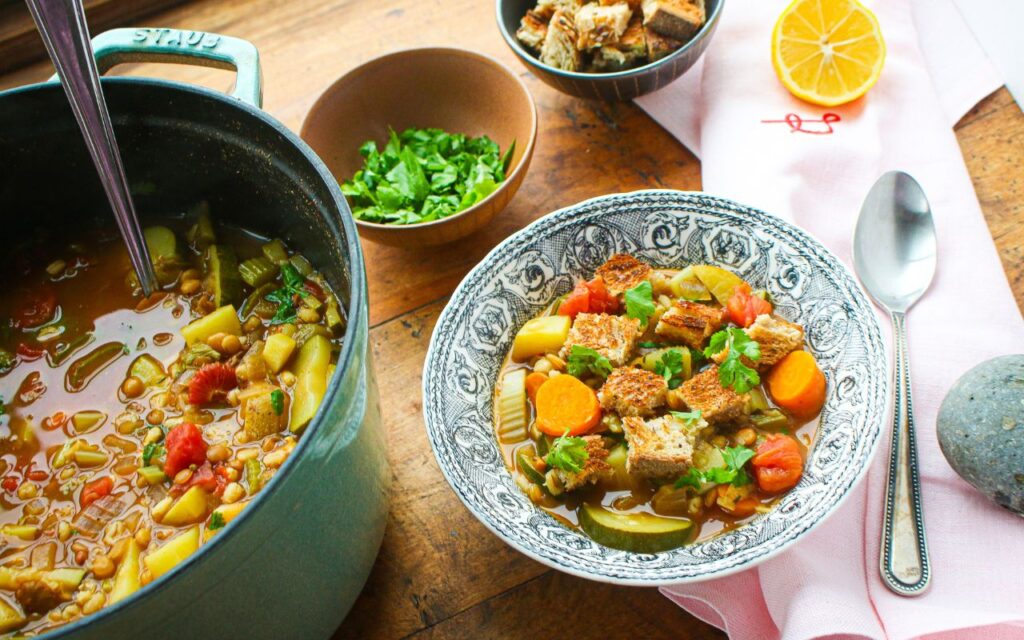
3. Plan Your Shopping Trips
The number of times you head out to the market in your car each week can also have a negative impact on the environment—primarily from fossil fuel consumption. However, you don’t want to stock up on groceries so heavily that you promote more food spoilage. Choose markets close to home, inventory your refrigerator and pantry, and balance your shopping trips with your needs to avoid food waste, says Betsy Ramirez, RDN.
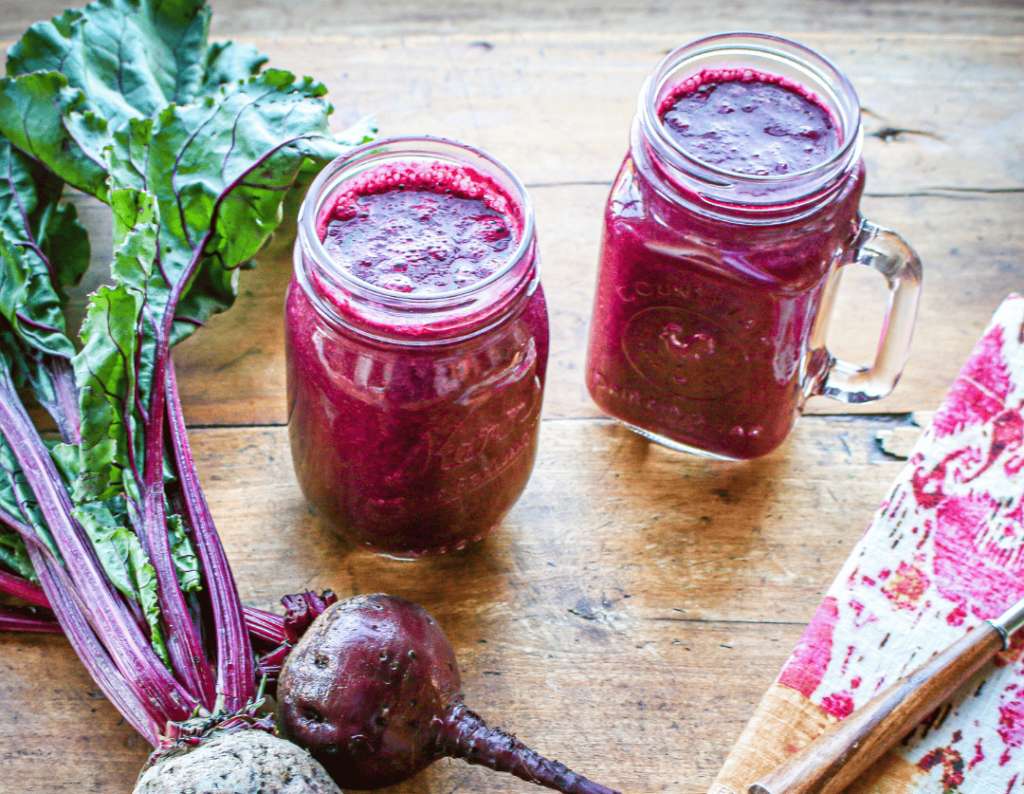
4. Use the Whole Food
Try to use more parts of the plant. For example, many root vegetables, such as carrots, beets, and radishes, have nutritious edible leaves. And even broccoli and cauliflower leaves are heathy and edible. When your produce is starting to wilt, don’t throw it out—find a use for it! “Soak those mushroom stems in water for a delicious broth, and process wilted salad greens and toasted nuts for a delicious pesto,” says Amy Gorin, MS, RDN, owner of Amy Gorin Nutrition. Try my favorite kitchen blender here for making pesto and smoothies.
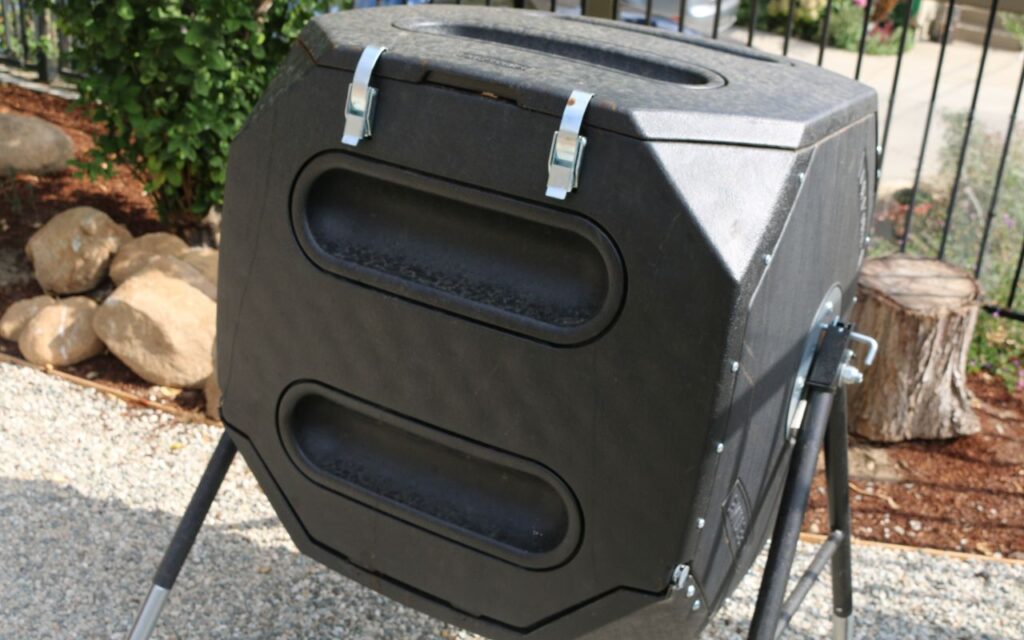
5. Get Composting
When all else fails, compost any food leftovers that can not be used in cooking, including spoiled food, scraps, and peels. This can turn into rich, synthetic fertilizer-free nutrients for your garden. I keep a composter tub under my sink, which I transfer to my outside compost pile (or you can use a backyard tumbler composter). “Leftover fruits and vegetables, peelings, and rinds can all be easily gathered into a composting bin and made into a very useful fertilizer for home gardening,” says Kim Melton, RDN.
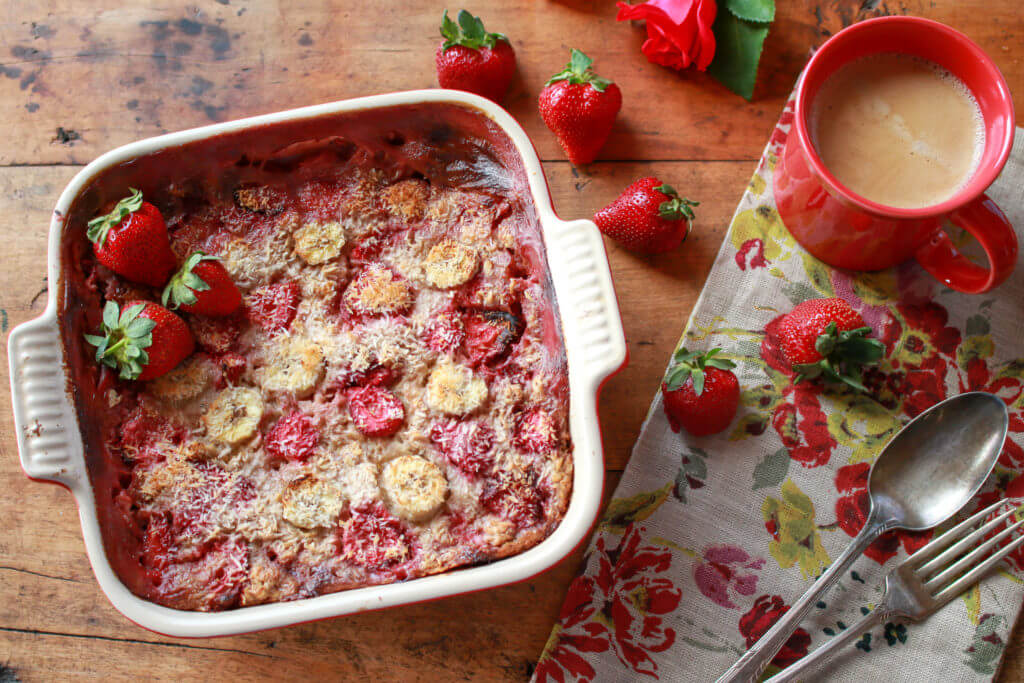
6. Use Your Freezer
When fruits and veggies are in season, go crazy and freeze them! I have a small orchard, and all of the fruit gets ripe all at once, so I freeze it to use in recipes for porridge, smoothies, fruit cobblers, and more all year long. That also goes for produce that’s about to go bad. “Freeze ripe fruit and veggies before they go bad and you’ll have something to enjoy when they are out of season. It works with leftover whole grains, too,” says Lauren Harris-Pincus, MS, RDN, owner of Nutrition Starring YOU! Learn more about using frozen vegetables here.

7. Turn to Pulses More Often
Pulses, including dried beans, peas, and lentils are plant proteins that have the lowest eco footprint. Plus they are so nutritious and versatile in breakfast burritos, grain bowls, vegan meatballs, and pasta dishes. My tip: “These plant proteins can be the star of your plate, and they are much gentler on the environment than animal proteins. They even fix nitrogen in the soil.”
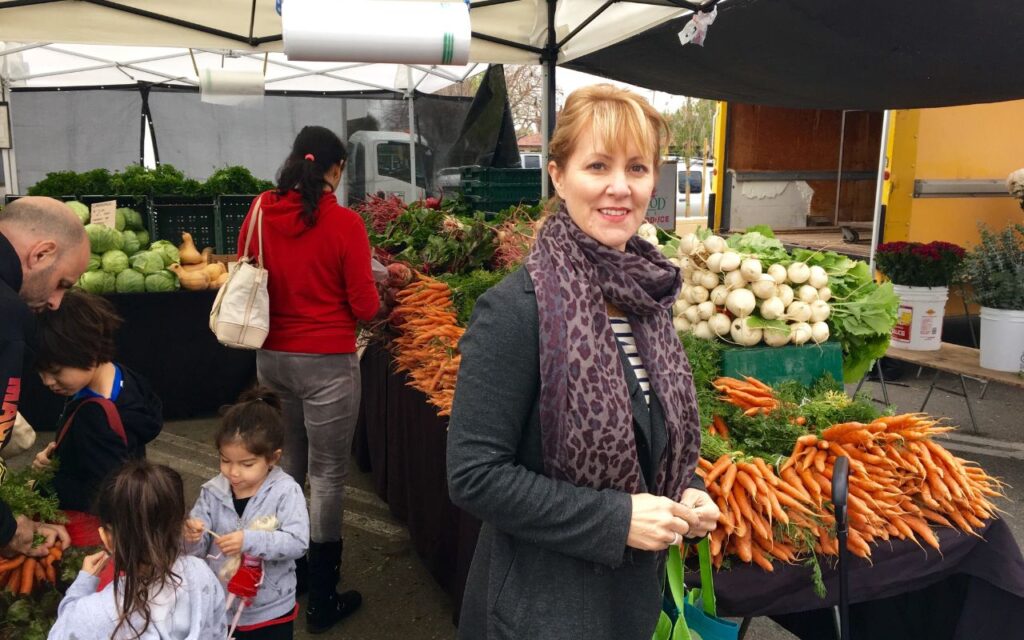
8. Shop Local
When you shop locally at farmers markets, foods taste better, they have more nutrients, they are less processed, and they have a lower environmental footprint. My tip: “Try to purchase more foods that are grown closer to home to reduce the amount of time food has to travel to get to your plate,” says Sharon Palmer, MSFS, RDN, The Plant-Powered Dietitian. Learn more about how to shop at farmers markets here.
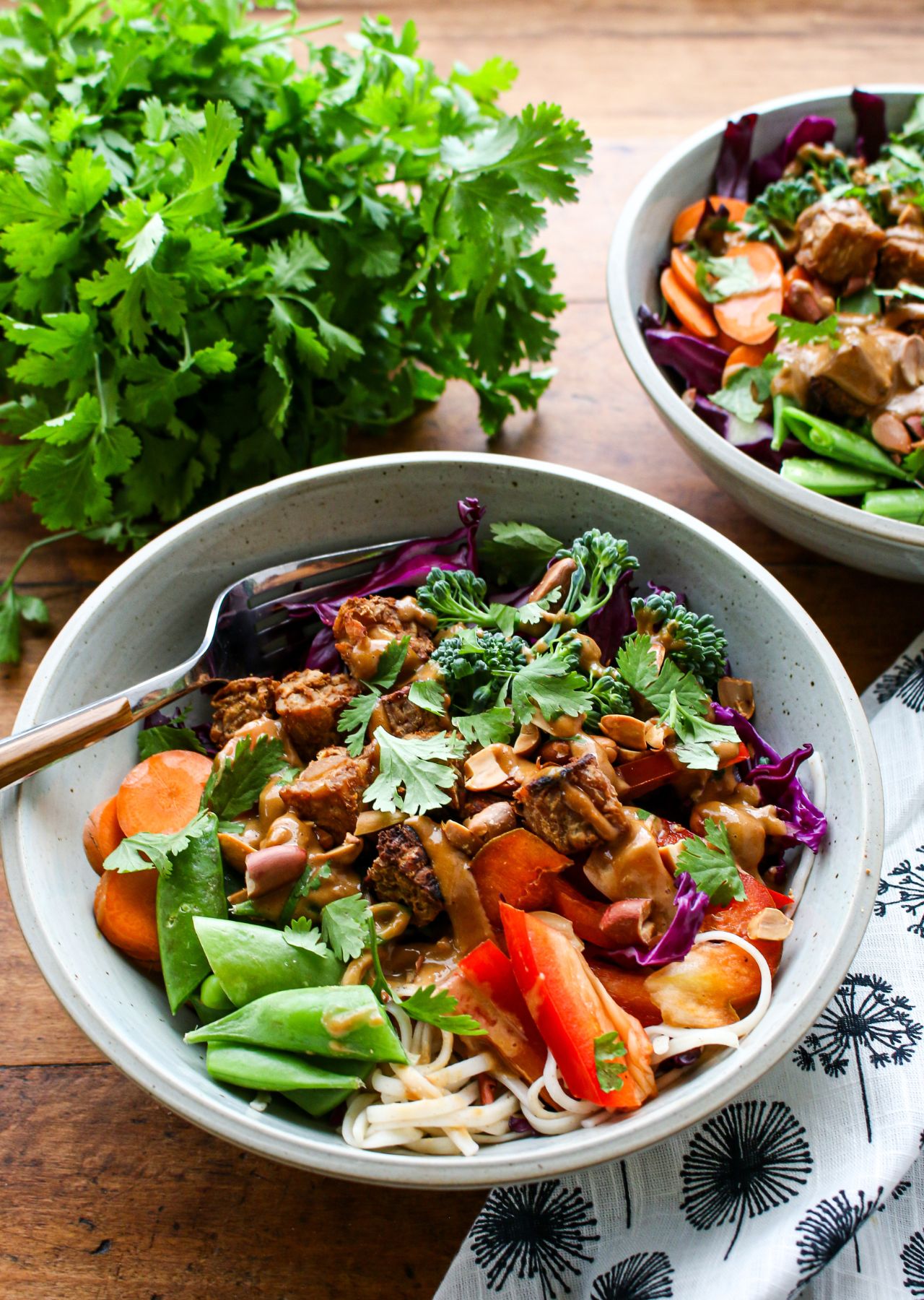
Earth Friendly Recipes for Earth Day
Try my favorite earth-friendly recipes for your earth day celebrations and all year long!

Other Blogs on Sustainable Eating
Check out some other ways you can cut your environmental footprint with your fork.
As an Amazon Influencer, I earn from qualifying purchases. For more information about affiliate links, click here.
More Tools for Eating and Living the Goodness

